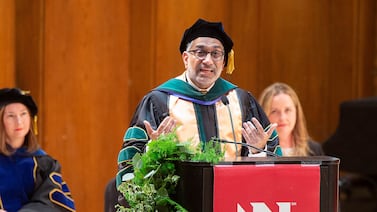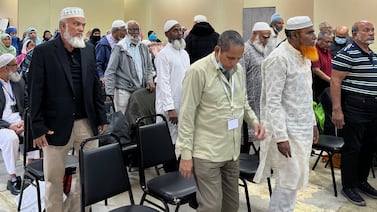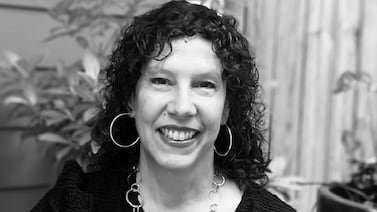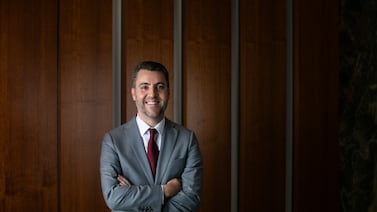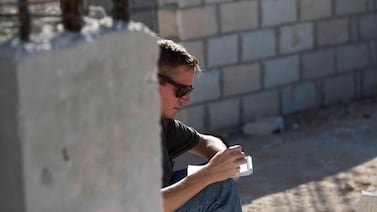Public health, explained: Sign up to receive Healthbeat’s free New York City newsletter here.
Kendra Lindsey smiles in a botanical garden in Baltimore, flanked by family members. They hold each other affectionately, framed by palm trees.
Lindsey’s portrait is on display at The Museum of Modern Art beside a first-person narrative in which she describes her role as a community health worker, performing the vital — but often overlooked — work of helping people access health care.
“As a CHW, I’m a trusted individual from the community, but I’m also in partnership with the medical field,” Lindsey reflects. “I can help someone schedule a doctor’s appointment or find the right provider — I’m someone that speaks the language of the community, able to code switch, adapt to make someone feel comfortable, and meet them where they are to help them reach their goals.”
Lindsey’s portrait is part of “More Than Conquerors: A Monument for Community Health Workers of Baltimore, Maryland 2021-2022,” an installation by the visual artist, photographer and activist LaToya Ruby Frazier, on display at MoMA through Saturday. Frazier’s work features portraits and narratives of community health workers who spearheaded Covid-19 vaccination campaigns in Baltimore. The images and text are mounted on stainless steel IV poles that stand socially distanced, six feet apart.
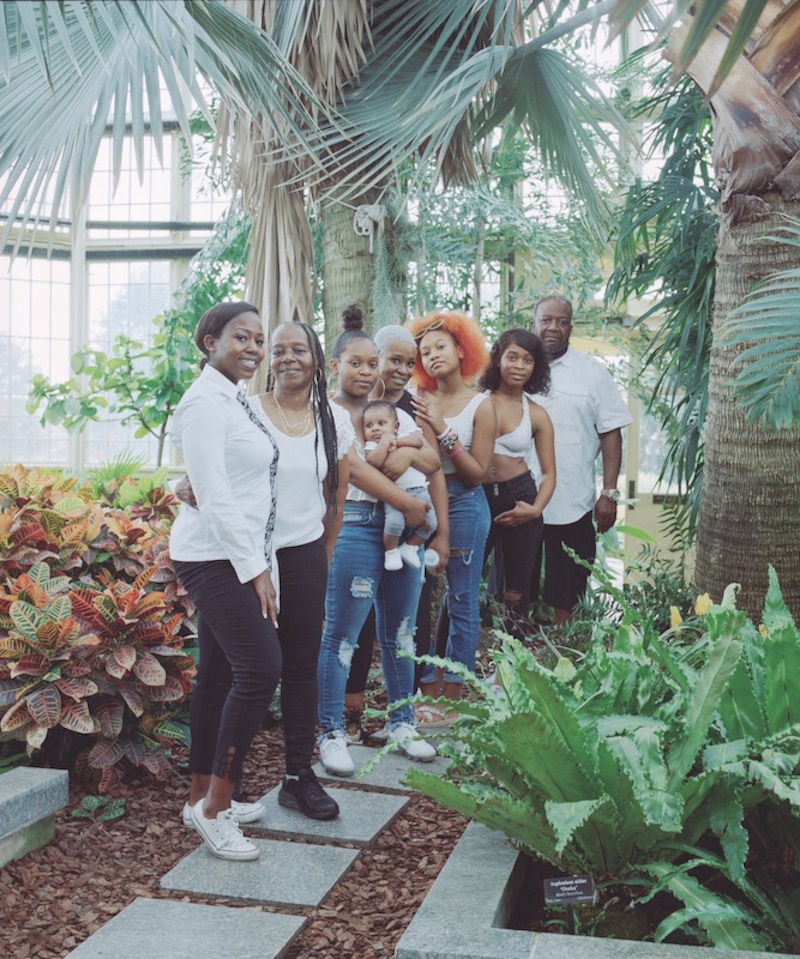
On Tuesday evening, MoMA celebrated Frazier’s exhibition, “LaToya Ruby Frazier: Monuments of Solidarity,” as well as the dedication of community health workers in Baltimore and New York City, through an event in partnership with NYC Health + Hospitals, the municipal health care system.
Frazier described her installation as an effort to highlight an “invisible workforce.” Community health workers are often relegated to the shadows, despite being “the very people who were rolling out the Covid vaccine with Dr. Fauci,” she said, referencing former White House chief medical adviser Dr. Anthony Fauci.
“It’s evidence that they existed — and that they did that work,” Frazier said.
In recent years, New York City has expanded its own ranks of community health workers. The NYC Health + Hospitals Community Health Worker program, launched in 2021 as part of the NYC Public Health Corps, has embedded more than 250 community health workers in primary care teams across the health system. Community health workers have engaged more than 25,000 patients, addressing their social needs and reducing barriers to health care access, NYC Health + Hospitals announced Wednesday.
During a panel discussion with Frazier, Dr. Nichola Davis, vice president and chief population health officer at NYC Health + Hospitals, recalled starting work as a primary care doctor in the Bronx earlier in her career. She soon realized that her patients needed help with social issues, beyond “what we were able to do within the clinical setting,” she said.
Years later, the public hospital system’s community health worker program has helped bridge that gap, she said.
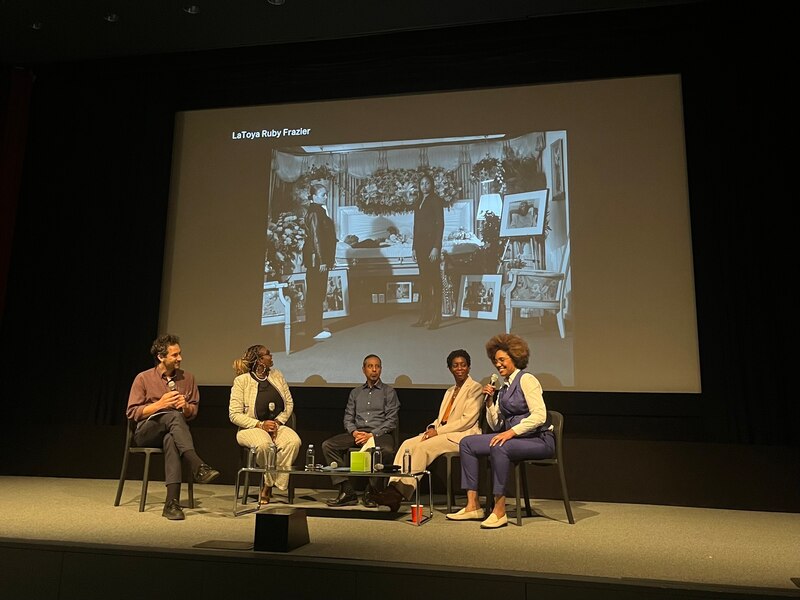
“Having CHWs embedded in our health system has not just changed, it has completely transformed, the way that we can provide care, because I feel like we can take care of the entire patient,” Davis said.
Kasha Caesar, assistant director of the NYC Health + Hospitals asthma and COPD community health worker program — and formerly a community health worker herself — described helping a patient eliminate significant medical debt, which enabled him to begin physical therapy after a stroke.
Oscar Martinez, a community health worker, recounted tirelessly supporting a patient who often ended up in the ER. Martinez helped him obtain the care he needed, stick to a treatment plan and return to work.
“We may not create a perfect world in this planet, but we can do small things with great love,” Martinez told the audience, paraphrasing Mother Teresa. “This is the way I approach my work.”
Frazier grew up in Braddock, Pennsylvania, near the Edgar Thomson Steel Works, which was built by Andrew Carnegie in the 19th century and remains active. Her work grapples with themes of generational trauma and medical racism, as well as community activism in the face of disinvestment.
“More Than Conquerors” was acquired by the Baltimore Museum of Art, where it will be on display next year.
Eliza Fawcett is a reporter covering public health in New York City for Healthbeat. Contact Eliza at efawcett@healthbeat.org.


